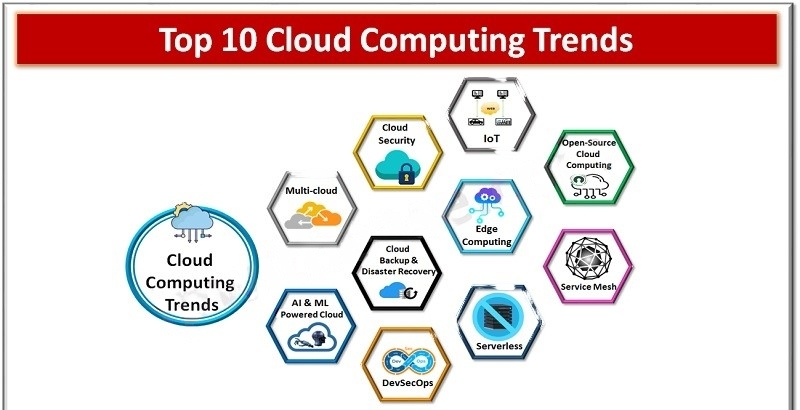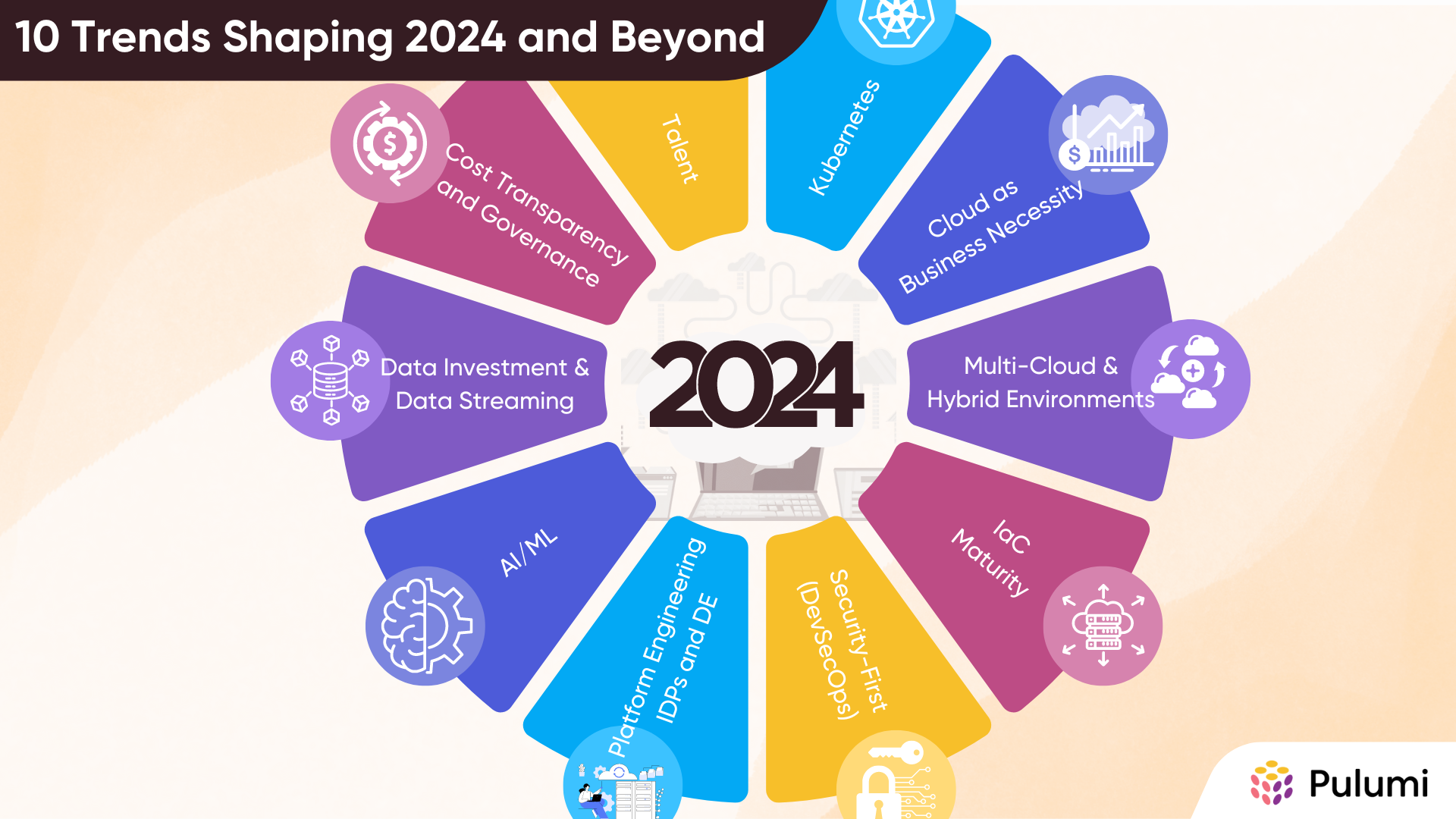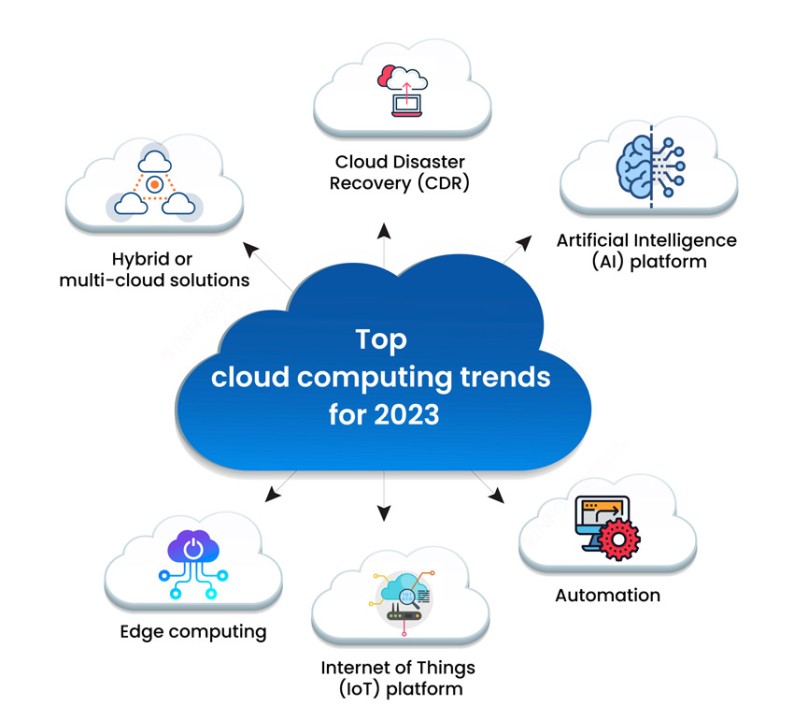Search results: 266
|
Course Objectives: |
|
· Understand object-oriented programming concept using Java. · Understand role of data structure algorithm using Java collection. · Understand Backend application development using Spring Boot. |
- Teacher: Shruti Aggarwal [MCA]
- Teacher: Bhagvan Gupta [CS]
- Teacher: Umnah [CS]
UNIT-I: (8) Introduction: Introduction to Software Engineering, Software Components, Software Characteristics, Software Crisis, Software Engineering Processes, Similarity and Differences from Conventional Engineering Processes, Software Quality Attributes. Software Development Life Cycle (SDLC) Models: Water Fall Model, Prototype Model, Spiral Model, Evolutionary Development Models, Iterative Enhancement Models.
UNIT-II: (8) Software Requirement Specifications (SRS): Requirement Engineering Process: Elicitation, Analysis, Documentation, Review and Management of User Needs, Feasibility Study, Information Modeling, Data Flow Diagrams, Entity Relationship Diagrams, Decision Tables, SRS Document, IEEE Standards for SRS. Software Quality Assurance :(SQA): Verification and Validation, SQA Plans, Software Quality Frameworks, ISO 9000 Models, SEI-CMM Model.
UNIT-III: (8) Software Design: Basic Concept of Software Design, Architectural Design, Low Level Design: Modularization, Design Structure Charts, Pseudo Codes, Flow Charts, Coupling and Cohesion Measures, Design Strategies: Function Oriented Design, Object Oriented Design, Top-Down and Bottom-Up Design. Software Measurement and Metrics: Various Size Oriented Measures: HalesteSoftware Science, Function Point (FP) Based Measures, Cyclomatic Complexity Measures: Control Flow Graphs
UNIT-IV: (8) Software Testing: Testing Objectives, UNIT Testing, Integration Testing, 8 Acceptance Testing, Regression Testing,Testing for functionality and Testing for Performance, Top-Down and Bottom-Up Testing Strategies: Test Drivers and Test Stubs, Structural Testing (White Box Testing), Functional Testing (Black Box Testing), Test Data Suit Preparation, Alpha and Beta Testing of Products. Static Testing Strategies: Formal Technical Reviews (Peer Reviews), Walk Through, Code Inspection, Compliance with Design and Coding Standards.
UNIT-V: (8)
Software Maintenance and Software Project Management: Software as an Evolutionary Entity, Need for maintenance, Categories of Maintenance: Preventive, Corrective and Perfective Maintenance, Cost of Maintenance, Software Re-Engineering, Reverse Engineering. Software Configuration Management Activities, Change Control Process, Software Version Control, An Overview of CASE Tools. Estimation of Various Parameters such as Cost, Efforts, Schedule/Duration, Constructive Cost Models (COCOMO), Resource allocation Models, Software Risk Analysis and Management.
- Teacher: DR AMIT KUMAR GUPTA [MCA]
Before learning about Artificial Intelligence, you must have the fundamental knowledge of following so that you can understand the concepts easily:
- Any computer language such as C, C++, Java, Python, Prolog etc.
- Knowledge of essential Mathematics such as derivatives, probability theory, etc.
To realize the significance of constitution of India to students from all walks of life and help them to understand the basic concepts of Indian constitution.
To identify the importance of fundamental rights as well as fundamental duties.
To understand the functioning of Union, State and Local Governments in Indian federal system.
To learn procedure and effects of emergency, composition and activities of election
commission and amendment procedure
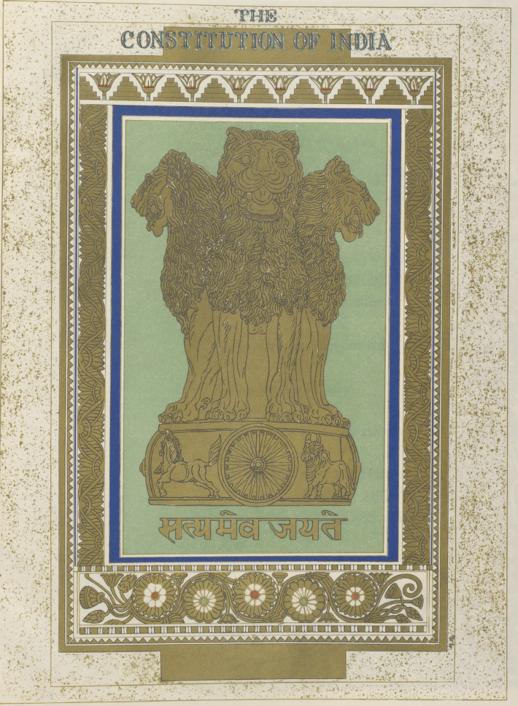
- Teacher: Ayushi Mittal [CSE(AI)]
- Teacher: Akansha Moral [CS]
- Teacher: Umnah [CS]
- Teacher: Akansha Moral [CS]
- Teacher: MS. ARUSHI GUPTA [CS]
- Teacher: Umnah [CS]
Object Oriented Programming with Java
Understand how to build scalable, high-performance, and interactive web applications by leveraging React.js for a dynamic frontend, Node.js for an efficient backend, and RESTful APIs for seamless data communication, ensuring modularity, security, real-time capabilities, and an optimized user experience.
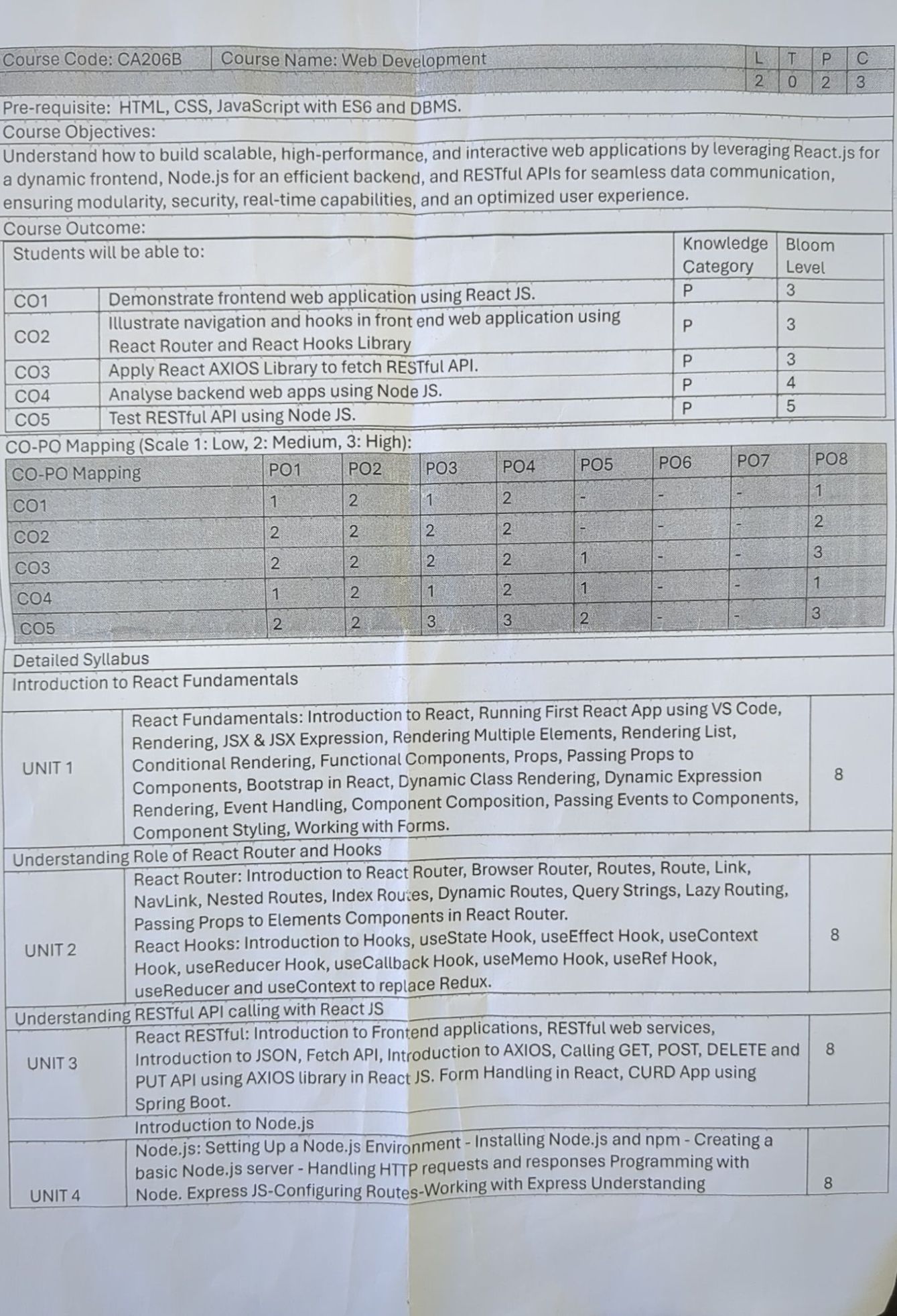
|
Course Code: CA211E |
Course Name: UI/UX Design for Web Application |
L |
T |
P |
C |
|||||||||||||||||||||||||||||||||||||||||||||||||||||||
|
|
3 |
0 |
0 |
3 |
||||||||||||||||||||||||||||||||||||||||||||||||||||||||
|
Pre-requisite: Understanding of mobile and web application. |
||||||||||||||||||||||||||||||||||||||||||||||||||||||||||||
|
Course Objectives: |
||||||||||||||||||||||||||||||||||||||||||||||||||||||||||||
|
Learn to create responsive and accessible designs for both mobile and web applications while gaining hands-on experience with standard tools. Develop essential skills by working on real-world projects, helping students to build a strong UI/UX portfolio and preparing them for a successful career in design. |
||||||||||||||||||||||||||||||||||||||||||||||||||||||||||||
|
Course Outcome: |
||||||||||||||||||||||||||||||||||||||||||||||||||||||||||||
|
||||||||||||||||||||||||||||||||||||||||||||||||||||||||||||
|
CO-PO Mapping (Scale 1: Low, 2: Medium, 3: High):
|
||||||||||||||||||||||||||||||||||||||||||||||||||||||||||||
|
Detailed Syllabus |
||||||||||||||||||||||||||||||||||||||||||||||||||||||||||||
|
Unit 1 |
Introduction to UI/UX Design |
08 hours |
||||||||||||||||||||||||||||||||||||||||||||||||||||||||||
|
Basics: Understanding UI (User Interface) and UX (User Experience), Differences between UI and UX, Importance of UI/UX in Web and Mobile Applications, UI/UX Design Process and Workflow, Design Thinking and Human-Centered Design (HCD), Design Thinking & User-Centered Design, Tools for UI/UX Design like Figma, Canva, Adobe XD, Sketch, Balsamiq. |
||||||||||||||||||||||||||||||||||||||||||||||||||||||||||||
|
Unit 2 |
User Research & Analysis |
08 hours |
||||||||||||||||||||||||||||||||||||||||||||||||||||||||||
|
UX Research Methods: Understanding User Needs and Behavior, Conducting User Interviews and Surveys, Competitor Analysis and Market Research, Defining User Journeys and User Flows, User Persona & User Journey, Information Architecture (IA), Wire-framing and Prototyping. |
||||||||||||||||||||||||||||||||||||||||||||||||||||||||||||
|
Unit 3 |
UI Design Principles |
08 hours |
||||||||||||||||||||||||||||||||||||||||||||||||||||||||||
|
Design Principles: Visual Design Principles (Color Theory, Typography, Layouts), Creating a Design System and Style Guide, Icons, Buttons, and Micro-interactions, UI Patterns and Design for mobile and web, Designing for Different Screen Sizes (Responsive and Adaptive Design) |
||||||||||||||||||||||||||||||||||||||||||||||||||||||||||||
|
Unit 4 |
Web & Mobile UI/UX Design |
08 hours |
||||||||||||||||||||||||||||||||||||||||||||||||||||||||||
|
Web Design:HTML & CSS for UI Design, CSS Frameworks (Bootstrap, Tailwind CSS), Responsive Web Design (RWD) using Flexbox & Grid. Mobile Design: Mobile-First Design Approach, Touchscreen Design Considerations, Guidelines for iOS (Apple Human Interface Guidelines), Guidelines for Android (Material Design), Web Design vs. Mobile Design, |
||||||||||||||||||||||||||||||||||||||||||||||||||||||||||||
|
Unit 5 |
UX Testing & Evaluation |
08 hours |
||||||||||||||||||||||||||||||||||||||||||||||||||||||||||
|
Testing & Evaluation: A/B Testing and Usability Testing, Heatmaps and Analytics for User Behavior Tracking, Eye-Tracking and Click stream Analysis, Measuring UX Success with Metrics (Time on Task, Conversion Rates, etc.), UX Heuristics and Cognitive Load Analysis, Analyzing UI/UX of Popular Mobile and Web Applications. Redesigning an Existing Application (Mini Project). |
||||||||||||||||||||||||||||||||||||||||||||||||||||||||||||
|
Total Lecture Hours |
40 hours |
|||||||||||||||||||||||||||||||||||||||||||||||||||||||||||
|
Textbook: 1. Creative Tim, Roots of UI/UX: Learn to Develop Intuitive Web Experiences, Self-published, 2023. 1. Newbies Guide to UI/UX Design Using Figma, Author: Anthony E. Sanchez, Publisher: Inigi Publishers LLC, Year: 2024. |
||||||||||||||||||||||||||||||||||||||||||||||||||||||||||||
|
|
||||||||||||||||||||||||||||||||||||||||||||||||||||||||||||
|
Reference Books: 1. The Art and Science of UX Design, Author: Anthony Conta, Year: 2023, Publisher: Pearson 2. Debasish Sarkar, Web and Mobile Interface Design, Oxford University Press, 2015. 3. Making Sense of UX Research, Authors: Raffaele Boiano & Riccardo Mazzucchelli, Year: 2022, Publisher: Apress 1. Pawan Lingras and Rucha Lingras, Web Usability: A User-Centered Design Approach, Pearson India, 2017. |
||||||||||||||||||||||||||||||||||||||||||||||||||||||||||||
|
Mode of Evaluation:
|
||||||||||||||||||||||||||||||||||||||||||||||||||||||||||||
- Teacher: MR ANKIT VERMA [MCA]
- Teacher: Bhagvan Gupta [CS]
- Teacher: Ms. Kirti Sharma [CS]
- Teacher: Nishant Raj [CS]
- Teacher: Rajendra Patel [CS]



